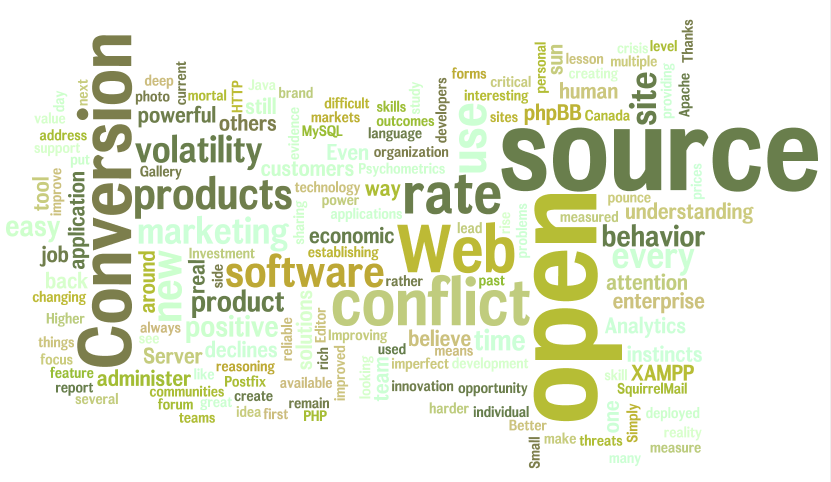We’re all thinking about it: how can we excel at our profession as we settle in for a prolonged period of economic challenges. I approach this topic with optimism, which means that I see many ways that the future will be better than the present.  Before drilling down into the tactics, I need to climb up on my strategic marketing soapbox. While your tactics might change during a recession, your value proposition, message and target ought to be reasonably stable. Much of marketing is about the medium to long term. While your customers may have reduced budgets, their needs, their trusted vendor/channel relationships and your product benefits ought to be reasonably identical in good times as well as bad.
Before drilling down into the tactics, I need to climb up on my strategic marketing soapbox. While your tactics might change during a recession, your value proposition, message and target ought to be reasonably stable. Much of marketing is about the medium to long term. While your customers may have reduced budgets, their needs, their trusted vendor/channel relationships and your product benefits ought to be reasonably identical in good times as well as bad.
6 Tactical Marketing Practices to Start Right Now
Stepping off my soapbox. …Here are my contributions to the tactical marketing practices useful during recessions:
- Play offense—You still need to win the minds of customers.
- Innovate — There is no recession on new and good ideas. All other things equal, better mousetraps sell. SEO is essential for your business to grow, but you do not have to abandon your responsibilities and spend too much time on it. You can always outsource the management of your SEO to a SEO Sydney professional. And you can focus on addressing other business matters that need your immediate attention.
- Listen to stakeholders—Communication is a two way street. You have two ears and one mouth. Listen twice as much as you talk.
- Execution excellence—Nothing derails progress more than execution blunders. Meet or exceed reasonable expectations for timeliness and quality. This applies to everything from terms of service in contracts to typos on your Web site.
- Focus—Resources are now tighter, so you need to focus in areas where you are abundantly talented.
- Outward optimism—Not everything in the world is gloomy. The sun comes up. Stephen Colbert tells funny jokes. You meet new and interesting people. Be mindful of the gloomy environment and make it part of your inner calculations, but be positive when interacting with others…it really helps.
Is your marketing strategy in order? Are you innovating? Are you already working with companies like therankway.com? Which tactics are relevant for achieving your goals? Share your comments below.



